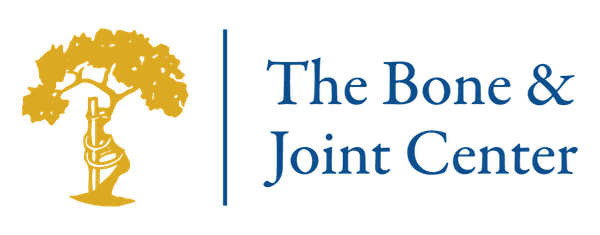Morton's Neuroma (Foot)
Introduction
Morton’s Neuroma is a painful foot condition. It occurs when a nerve near the toes becomes compressed and inflamed. If diagnosed early, most cases of Morton’s Neuroma can be treated without surgery. However, surgery for the condition has a high success rate.
Anatomy
Morton’s Neuroma develops most often between the third and fourth digits of the foot. This is the area where two nerves join together and become thicker. A ligament (deep transverse metatarsal ligament) holds the bones in the foot together and covers the nerve. Symptoms occur when the nerve is compressed between the ligament and the bottom of the foot.
Causes
People with bunions, flat feet, and hammertoes are susceptible to developing Morton’s Neuroma. Pressure from standing, walking, jumping and running or wearing high heeled, pointed toe, or tight-fitting shoes can contribute to the condition. High impact sports, such as racquetball, squash, or tennis, can lead to Morton’s Neuroma.
Symptoms
Morton’s Neuroma can cause sharp pain, tingling, numbness, stinging, and burning between the third and fourth toes and the ball of the foot. It may feel as if a lump is inside the ball of your foot or that you have stepped on a bump. Your symptoms may be worse when you stand, walk, or put weight on your foot. Symptoms typically start gradually, come and go, and become worse over time.
Diagnosis
Your doctor will feel your foot to determine if there are any bumps or masses, and to pinpoint the symptoms. X-rays may be used to rule out other conditions, such as a fracture or arthritis. A magnetic resonance imaging (MRI) scan may be used to learn more about the size and location of the neuroma.
Treatment
If conservative treatments do not provide relief, your doctor may inject your foot. Corticosteroid medication is used to reduce pain and inflammation. Alcohol sclerosing injections are used to harden the nerve area and relieve pain.
Surgery
Removal surgery is performed through the bottom of the foot. The neuroma is easier to access this way. The neuroma is surgically removed, and the incision is closed with stitches.
Recovery
Prevention
Contact your doctor if you suspect that you have Morton’s Neuroma. Early diagnosis and treatment can help avoid future surgery. You may help prevent Morton’s Neuroma by modifying your activities to reduce high-pressure repetitive forces to your feet. Wear low heel shoes with wide toe boxes, padding, and orthotics as recommended by your doctor.

Copyright © - iHealthSpot Interactive - www.iHealthSpot.com
This information is intended for educational and informational purposes only. It should not be used in place of an individual consultation or examination or replace the advice of your health care professional and should not be relied upon to determine diagnosis or course of treatment.
The iHealthSpot patient education library was written collaboratively by the iHealthSpot editorial team which includes Senior Medical Authors Dr. Mary Car-Blanchard, OTD/OTR/L and Valerie K. Clark, and the following editorial advisors: Steve Meadows, MD, Ernie F. Soto, DDS, Ronald J. Glatzer, MD, Jonathan Rosenberg, MD, Christopher M. Nolte, MD, David Applebaum, MD, Jonathan M. Tarrash, MD, and Paula Soto, RN/BSN. This content complies with the HONcode standard for trustworthy health information. The library commenced development on September 1, 2005 with the latest update/addition on February 16, 2022. For information on iHealthSpot’s other services including medical website design, visit www.iHealthSpot.com.

